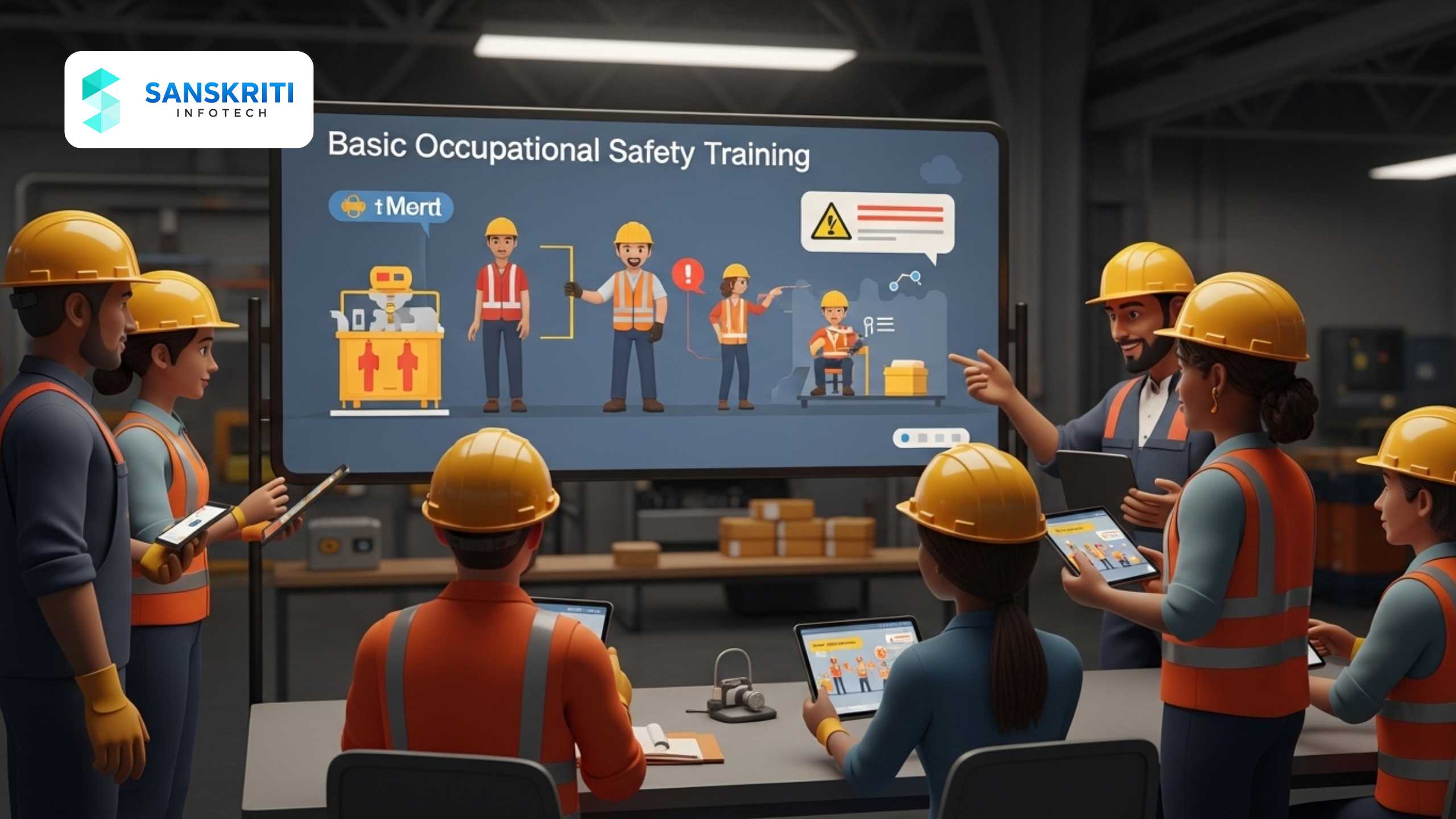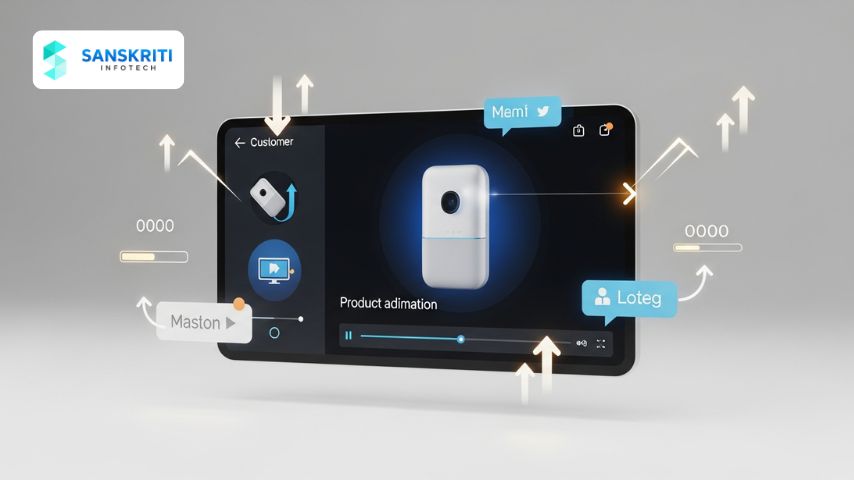Table of Contents
Introduction
Every year, thousands of workplace injuries occur due to a single, preventable cause: lack of awareness. The majority of these incidents involve new hires—people unfamiliar with hazardous environments, protocols, or safety culture. The traditional way of onboarding employees with manuals, PowerPoint decks, or one-time classroom training has proven to be inadequate.
What’s needed is a modern, visual-first approach that accelerates learning, improves retention, and ensures occupational safety training sticks.
Enter 3D animation.
3D animated occupational safety training is not only more engaging but also more effective in delivering complex safety concepts in a short amount of time. In this blog, we explore how 3D safety animations help bridge the knowledge gap among new workers, reduce incidents, and build a proactive safety culture.
Why Traditional Training Falls Short for New Workers
New workers are particularly vulnerable in industries like:
- Manufacturing
- Construction
- Oil & Gas
- Mining
- Chemical Plants
Reasons traditional occupational safety training fails them:
- Overload of verbal and written information on Day 1
- Lack of site-specific visuals, making SOPs hard to relate to
- Language and literacy barriers
- No opportunities for realistic rehearsal of safety scenarios
According to Workplace Injury Statistics by New Employees, this gap can lead to significant risks if not addressed.
How 3D Animation Changes the Game
Visual Simulation of Real Scenarios
3D animations can recreate the exact environment, tasks, and safety risks involved—without real-world danger.
Language-Independent Communication
Even workers with limited reading comprehension or language fluency can understand animated content.
Higher Retention, Faster Learning
Animated videos increase information retention by up to 65% compared to text-based training. Benefits of Visual Learning in Safety Training explains why this works so well.
On-Demand Learning
Employees can watch videos repeatedly at their own pace—ideal for onboarding and refreshers.
Consistency Across Locations
One video can train hundreds across facilities without trainer bias or inconsistency.
Benefits of 3D Occupational Safety Training for New Workers
- ✅ Familiarizes New Workers with the Environment
See the actual site, machinery, PPE zones, hazards, and emergency exits. - ✅ Shows Do’s and Don’ts Visually
Clear demonstration of correct vs. risky behavior. - ✅ Standardizes Safety Culture
Delivers a consistent message that aligns with your organizational safety goals. - ✅ Reduces Onboarding Time
Shrink training time by 40–60% without compromising on clarity or compliance. - ✅ Provides a Record for Compliance
SCORM-compliant videos can be tracked via LMS and used during audits. Read more about SCORM Compliance in LMS. - ✅ Boosts Worker Confidence
Empowered employees who understand risks are less likely to make dangerous mistakes.
Use Cases Across Industries
Manufacturing
- Machine operation SOPs
- Lockout/Tagout procedures
- Fire safety protocols
Construction
- Site walkthroughs
- Scaffold safety
- Personal protective equipment training
Oil & Gas
- H2S awareness
- Permit-to-work training
- Emergency evacuation drills
Logistics & Warehousing
- Forklift and pedestrian interaction
- Loading/unloading safety
- Spill response
Chemical Plants
- Hazardous material handling
- Chemical labeling and PPE
- Incident reporting SOPs
To see more on this, check out 3D Animation in Industrial Training.
Case Study: Training New Hires in a Chemical Plant
Client: Global chemical manufacturing company
Challenge: High injury rate among first-month employees
Solution: Developed 3D animation modules covering:
- Site introduction
- PPE usage
- Safe chemical transfer
- Emergency response
Result:
- 80% increase in training retention
- 70% fewer first-month incidents
- Faster deployment of new hires to active duty
How to Build a 3D Occupational Safety Training Module
- Identify Critical Safety Topics: Focus on what new workers must know before starting.
- Develop a Script: Translate SOPs into visual scenes.
- Design 3D Models: Reflect real layouts, people, machines, tools.
- Add Voiceovers/Subtitles: Make it accessible in multiple languages.
- Test with Real Users: Pilot with a small group of new hires.
- Distribute via LMS or QR Codes: Ensure easy access and trackable completion. You can explore more on SCORM Compliance in LMS for this step.
Tips to Ensure Better Impact
- Keep it short: 5–7 minutes per topic is ideal.
- Use story-driven scenarios: Make the training relatable.
- Incorporate quizzes: Reinforce learning.
- Update regularly: Reflect new safety protocols and hazards.
Looking for a better way to train new workers? Consider custom AI-powered training tools that scale with your workforce and improve retention across industries.






